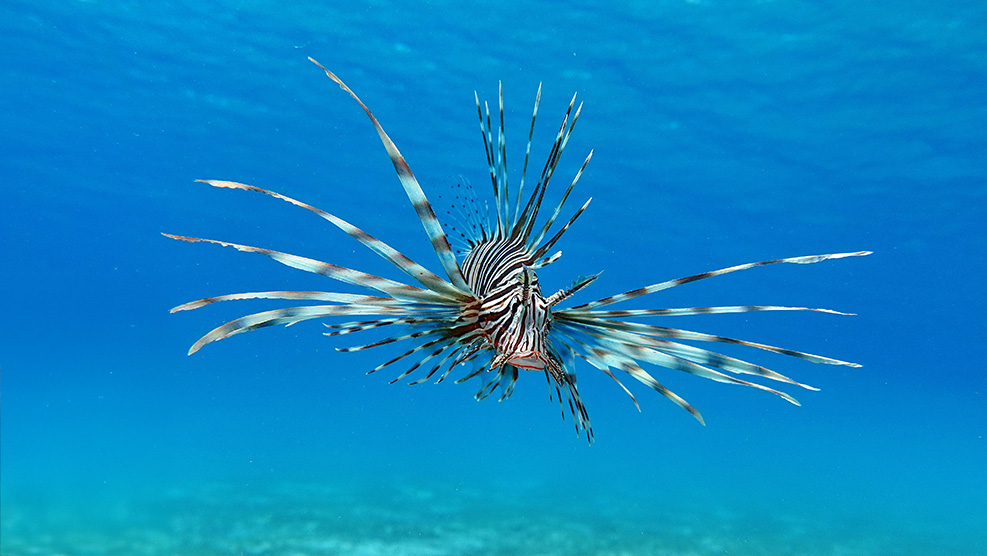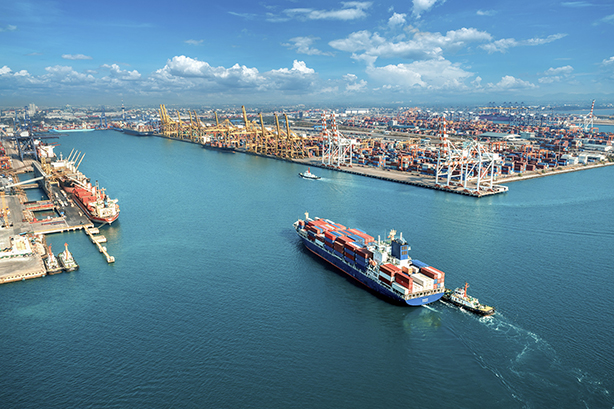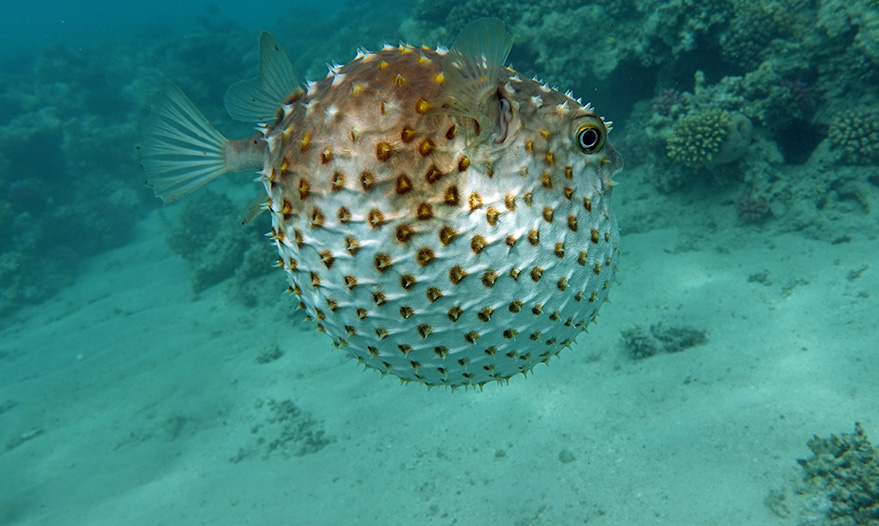A great work destined to revolutionize navigation, international trade and the world economy.
All this was well known to those who, investing considerable resources, wanted to build the Suez Canal, inaugurated in 1869. Not as much attention and consideration had probably been reserved for the environmental changes that that intervention could have brought about in the short and, even more so, in the long term. Certainly, Ferdinand Marie de Lesseps, at the head of the French company that had built the canal connecting the Red Sea and the Mediterranean, would never have imagined that so many decades later, in 2010, his surname would give rise to an adjective, “Lessepsian”, coined by the great Romanian zoologist Francis Dov Por. An adjective that has since then been used to define all organisms, mostly animals, but also plants, that have moved from the tropical environment of the Red Sea and also the Indian and Pacific Oceans to the Mediterranean and have settled there permanently.
They are the vast majority of the so-called “alien” organisms, since the number of species that arrived from the Atlantic through the Strait of Gibraltar is much lower. Moreover, animals and plants that followed the reverse path from the Mediterranean to the Red Sea are defined as “antilessepsians”, but in rather small numbers.
The first aliens were passively introduced into the new Mediterranean area with the bilge water of ships or attached to the keels. Only later did the actual migration begin, favored over time by some changes linked to the long-term effects of the environmental impact of the canal and related works. At the beginning, in fact, the movement of species from the Red Sea was blocked both by the different temperatures of the Mediterranean and by the very high salinity of the Bitter Lakes, an integral part of the canal. In those lakes, the species that ended up there did not survive. It was, therefore, an extremely effective natural barrier. But then the external connection determined the introduction of fresh water into those basins, which progressively reduced the initial salinity by half, making the Bitter Lakes a viable connection also for the native species of the Red Sea, as well as for ships. The construction of the second Aswan dam in 1971 and the restyling with the expansion of the canal in 2015 created other conditions favorable to migration.
Between the end of the 19th century and the end of the 20th century, it was observed that most alien species, all of tropical origin, once they entered the Mediterranean, remained in its southernmost and easternmost part, finding habitats more compatible with those of origin. The rise in sea temperature, which has accelerated in the last thirty years, with an increase of about one degree, has made an expansion towards the west possible. And, in addition, that towards the north has been added, which is also affecting native species.

The story of Halophila stipulacea is exemplary: the tropical marine plant was first spotted in the Mediterranean in 1894. Since then, it had remained in the eastern part of the basin for a long time, before starting to spread westward, until it appeared in the Tyrrhenian Sea, where it reached France, and in the Adriatic. A study by the University of Salento, published in 2023 in the scientific journal “Mediterranean Marine Science”, revealed that the plant has formed large meadows off the coast of Salento, so much so that researchers have launched an appeal to assist in the monitoring activities necessary to verify the transformations in the marine environment, induced by such a massive presence of the alien.
The same phenomenon has affected, or rather is still affecting, many of the animal species from the Indian Ocean and the Red Sea. Among the many, the dark rabbitfish (Siganus luridus), which is very widespread in the eastern Mediterranean, where its strong environmental impact has already been experienced. In fact, as a herbivore that feeds on brown algae, it has created a lot of damage where its presence is massive. In Italy it was sighted in 2003 for the first time and since then, although sporadic, other sightings have followed. The same can be said for the striped rabbitfish (Siganus rivulatus), which appeared in Italian seas for the first time in 2015.



